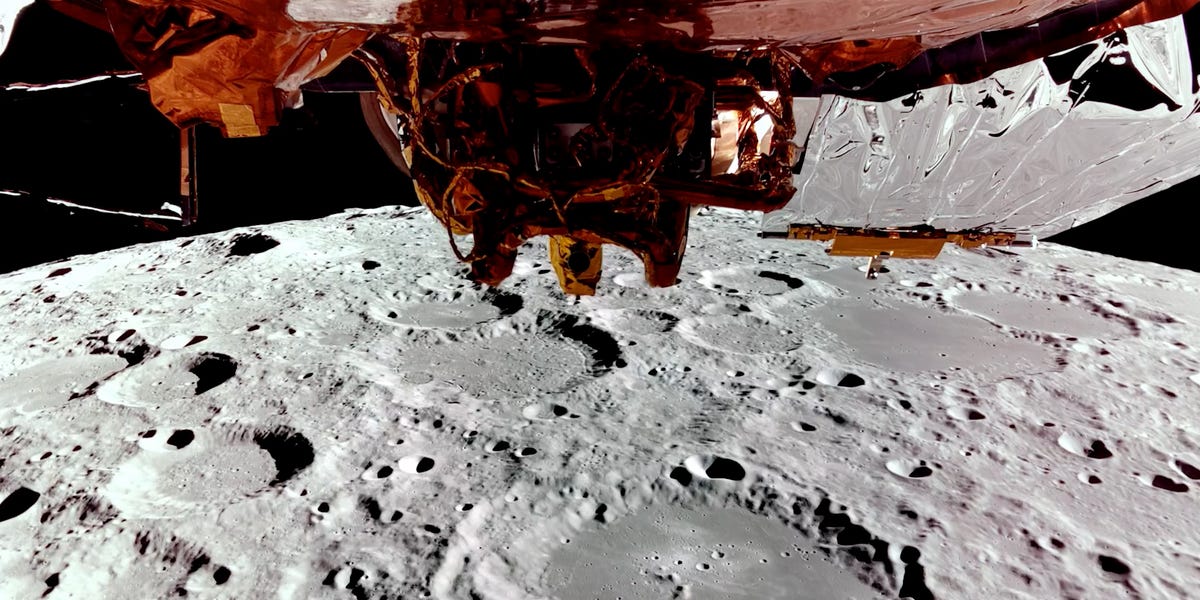Three Companies Set for Lunar Exploration
Intuitive Machines, Firefly Aerospace, and ispace are gearing up for simultaneous moon landings. The convergence of three private missions is significant and signals the onset of commercial opportunities on the lunar surface.
What’s Driving the Interest?
While the moon might not be Elon Musk’s favored destination, it’s increasingly viewed by other entrepreneurs as a vast economic landscape waiting to be explored. This month, two companies from Texas and one from Japan have set their sights on lunar exploration.
Launch Details
All three missions were launched aboard SpaceX rockets, showcasing the growing partnership between private companies and established aerospace providers.
Firefly Aerospace
Firefly’s Blue Ghost lander is currently in lunar orbit. “I think a lot of us will be holding our breath, you know, lighting a candle,” remarked Ray Allensworth, the director of Firefly’s spacecraft program. If successful, the Blue Ghost will conduct experiments on the moon’s surface for about two weeks—equivalent to a full lunar day.
The spacecraft is carrying a total of 10 payloads for NASA, focusing primarily on understanding the lunar regolith—its composition, interaction with materials, and subsurface temperatures, according to Allensworth.
Japan’s ispace: Aiming for Lunar Habitation
In contrast, ispace, based in Japan, has an ambitious vision of supporting human habitation on the moon. Their Hakuto-R spacecraft previously attempted a moon landing in 2023 but faced a setback when a miscalculation led to an unintended crash.
Now, ispace is preparing for redemption with the M2 mission, which includes a new lander and micro-rover. This mission, launched alongside Firefly’s Blue Ghost on January 15, is taking the scenic route to the moon, with a planned landing in May or June. The new lander is aptly named RESILIENCE.









